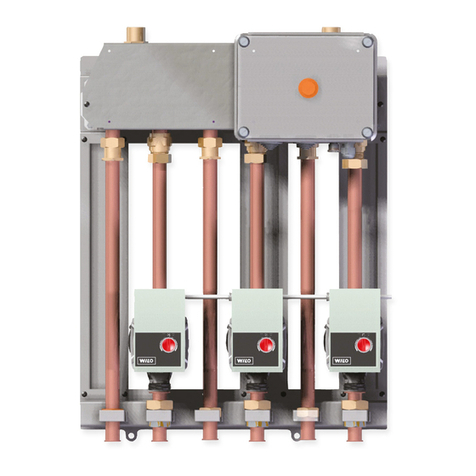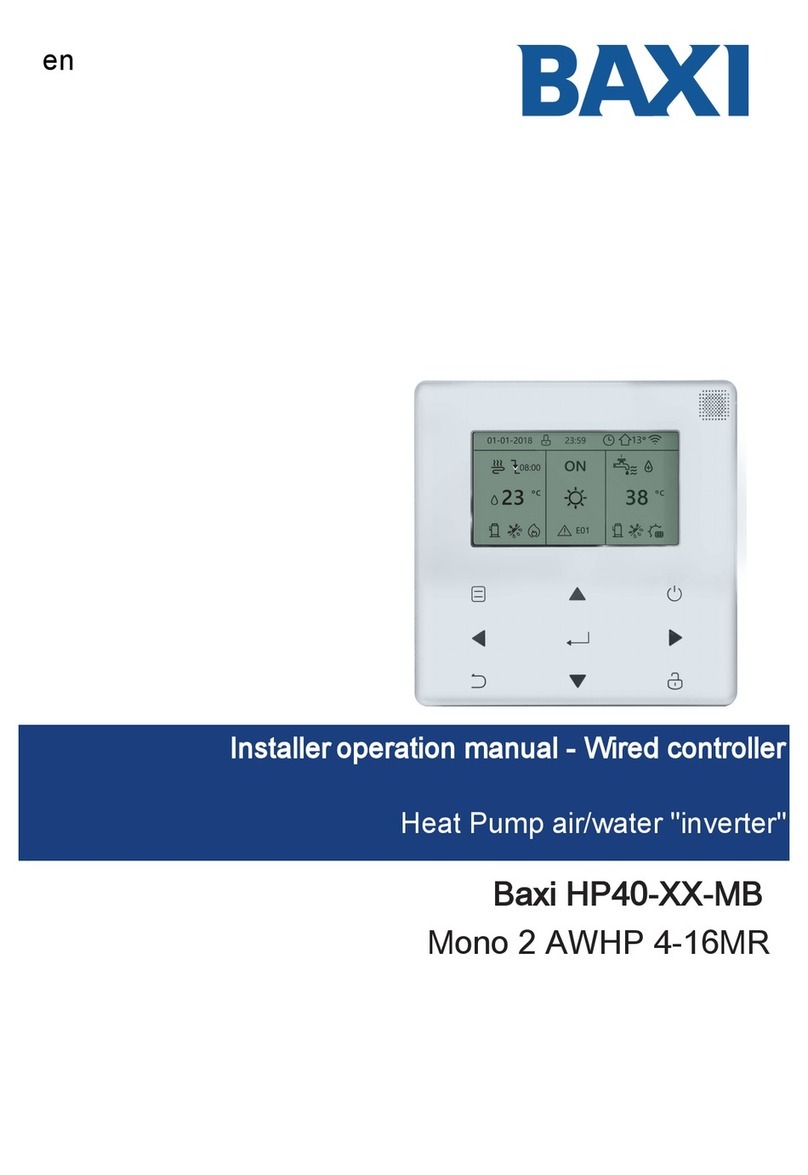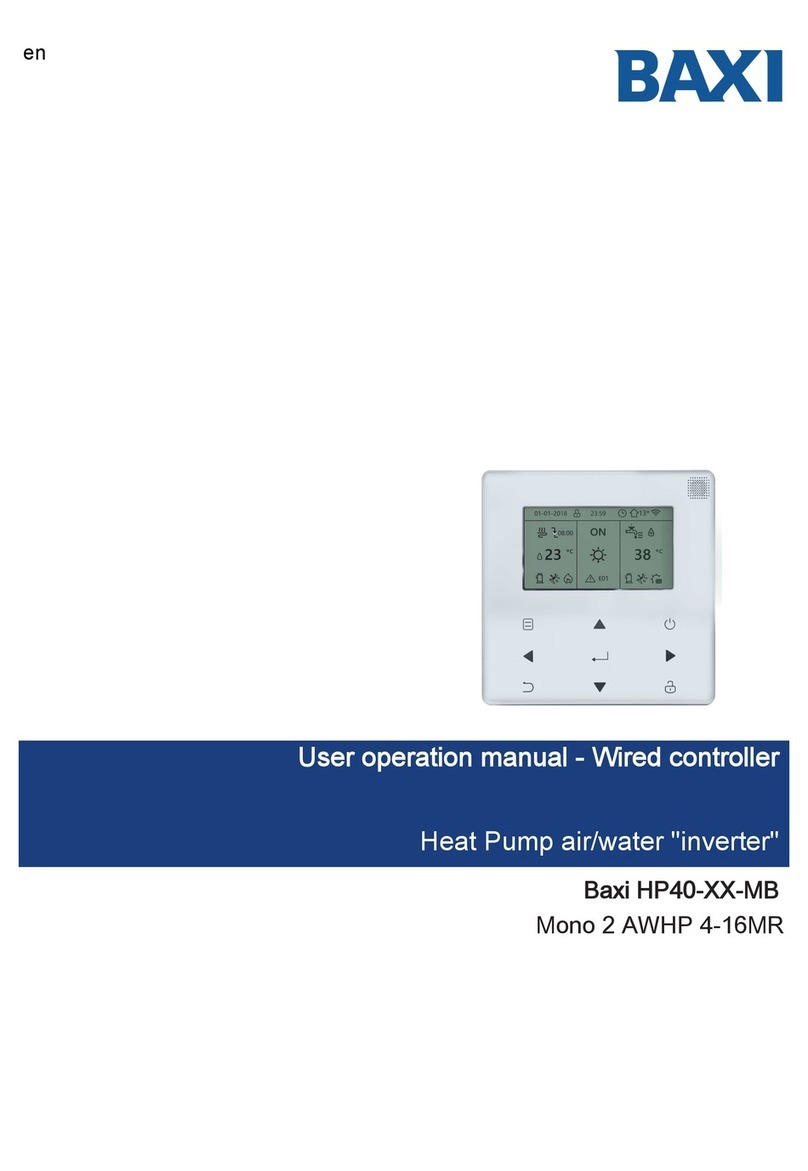
7222520.03 (1-11/15) 2
Utente & Installatore (it)
Gentile Cliente,
la nostra Azienda ritiene che il Suo nuovo prodotto soddisferà tutte le Sue esigenze. L’acquisto di un nostro prodotto garantisce
quanto Lei si aspetta: un buon funzionamento ed un uso semplice e razionale.
Quello che Le chiediamo è di non mettere da parte queste istruzioni senza averle prima lette: esse contengono informazioni utili
per una corretta ed efciente gestione della Suo prodotto.
La nostra azienda dichiara che questi prodotti sono dotati di marcatura conformemente ai requisiti essenziali
delle seguenti Direttive:
- Direttiva Gas 2009/142/CE
- Direttiva Rendimenti 92/42/CEE
- Direttiva Compatibilità Elettromagnetica 2004/108/CE
- Direttiva Bassa tensione 2006/95/CE
La nostra azienda, nella costante azione di miglioramento dei prodotti, si riserva la possibilità di modicare i dati espressi in
questa documentazione in qualsiasi momento e senza preavviso. La presente documentazione è un supporto informativo e
non considerabile come contratto nei confronti di terzi.
L’apparecchio può essere utilizzato da bambini di età non inferiore a 8 anni e da
persone con ridotte capacità siche, sensoriali o mentali, o prive di esperienza o
della necessaria conoscenza, purché sotto sorveglianza oppure dopo che le stesse
abbiano ricevuto istruzioni relative all’uso sicuro dell’apparecchio e alla compren-
sione dei pericoli ad esso inerenti. I bambini non devono giocare con l’apparec-
chio. La pulizia e la manutenzione destinata ad essere effettuata dall’utilizzatore
non deve essere effettuata da bambini senza sorveglianza.
SOMMARIO
DESCRIZIONE SIMBOLI..............................................................................................................................................................................3
AVVERTENZE DI SICUREZZA.....................................................................................................................................................................3
AVVERTENZE PRIMA DELL'INSTALLAZIONE ............................................................................................................................................3
1. DESCRIZIONE ACCESSORIO.....................................................................................................................................................................3
2. INSTALLAZIONE...........................................................................................................................................................................................4
2.1 INSTALLAZIONE CASSA DIMA....................................................................................................................................................................4
2.2 MONTAGGIO APPARECCHIO .....................................................................................................................................................................4
3. PREVALENZA POMPE.................................................................................................................................................................................4
4. COLLEGAMENTO ELETTRICO ...................................................................................................................................................................5
4.1 COLLEGAMENTO ELETTRICO ALLA CALDAIA .........................................................................................................................................5
4.2 LEGENDA CONNETTORI NON CABLATI....................................................................................................................................................5
4.3 LEGENDA LED .............................................................................................................................................................................................5
4.4 COLLEGAMENTO REGOLATORE AMBIENTE ZONA ALTA TEMPERATURA............................................................................................5
4.5 COLLEGAMENTO REGOLATORE AMBIENTE 1° ZONA BASSA TEMPERATURA....................................................................................6
4.6 COLLEGAMENTO REGOLATORE AMBIENTE 2° ZONA BASSA TEMPERATURA....................................................................................6
5. ACCESSO AI PARAMETRI...........................................................................................................................................................................6
5.1 CONFIGURAZIONE SISTEMA.....................................................................................................................................................................7
5.2 CONFIGURAZIONE TEMPERATURE..........................................................................................................................................................7
5.3 CONFIGURAZIONE TERMOSTATI-CONTROLLI REMOTI .........................................................................................................................7
5.4 IMPOSTAZIONE TEMPO DI CHIUSURA VALVOLE MISCELATRICI...........................................................................................................8
5.5 IMPOSTAZIONE TEMPO DI RITARDO ACCENSIONE BRUCIATORE .......................................................................................................8
6. REGOLAZIONE DELLE POMPE AUTOMODULANTI..................................................................................................................................9
7. FINE VITA PRODOTTO ................................................................................................................................................................................9
8. LISTA ANOMALIE .........................................................................................................................................................................................10
9. CARATTERISTICHE TECNICHE..................................................................................................................................................................10
DESCRIPTION OF SYMBOLS .....................................................................................................................................................................12
SAFETY WARNINGS....................................................................................................................................................................................12































